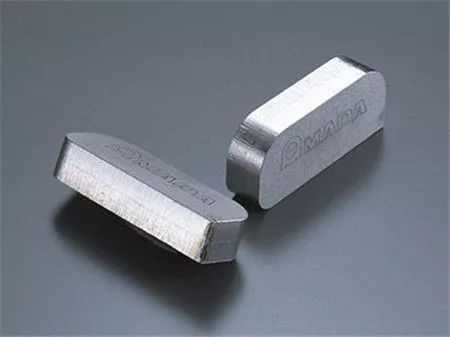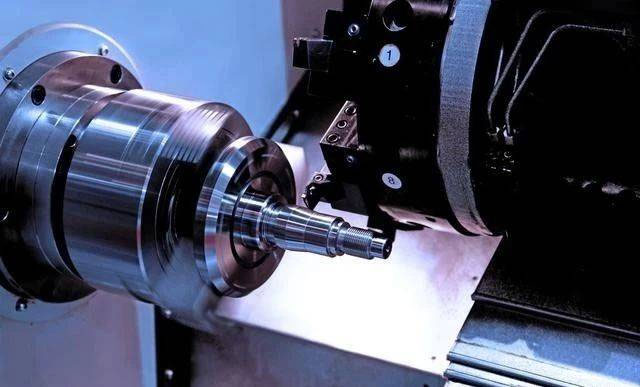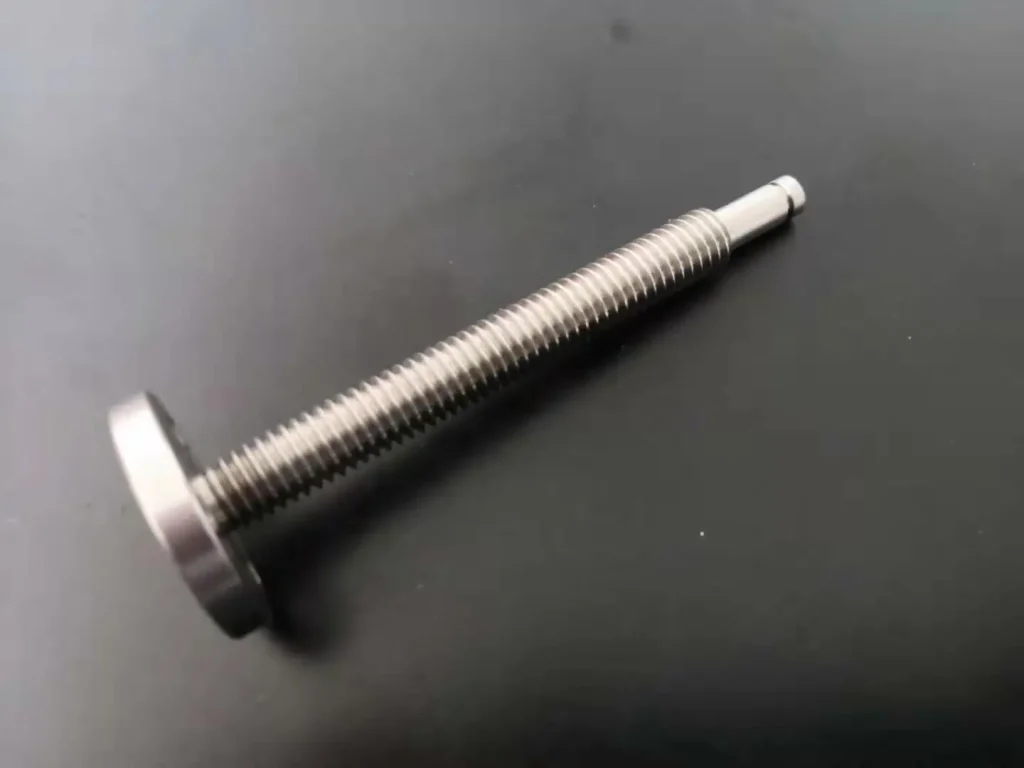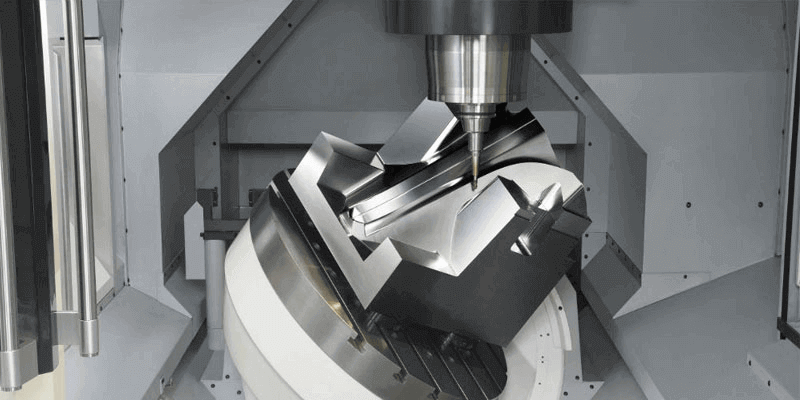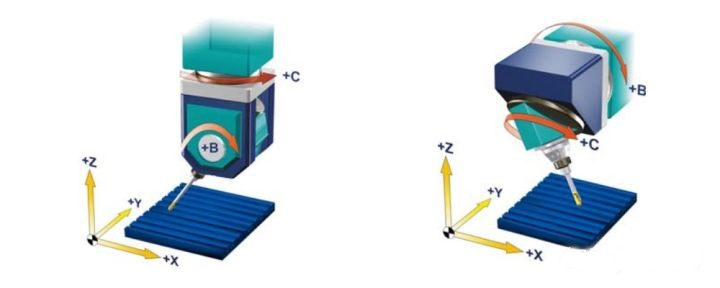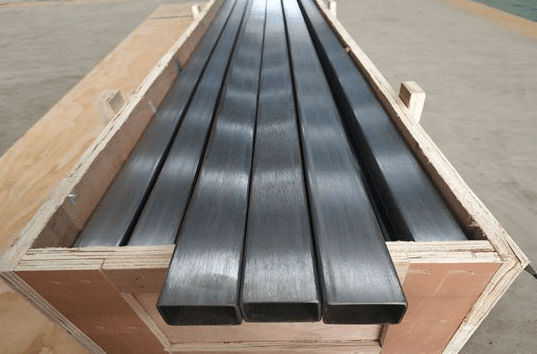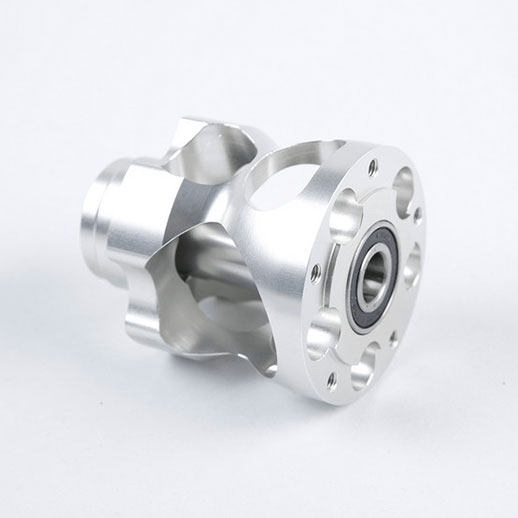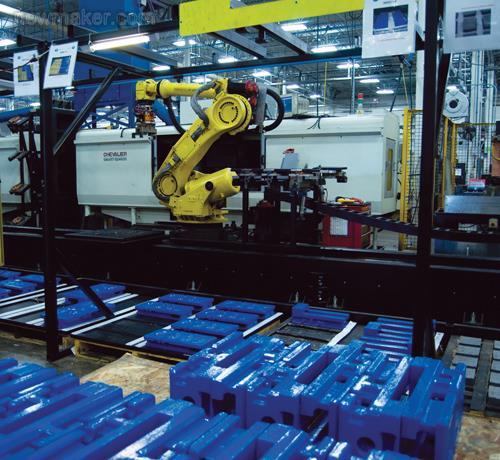CNC machine tool is an efficient automatic machine tool, which integrates new technological achievements in various fields such as computer technology, automation technology, servo drive, precision measurement and precision machinery, and is an emerging industrial control technology. Because of its good economic performance and high production efficiency, it is in an increasingly important position in production. However, once the CNC system fails, it will not improve the utilization rate of the machine tool and reduce the effectiveness of the system. This article will discuss the general methods of troubleshooting and maintenance of the CNC system in combination with the actual work, to improve the efficiency of CNC machining.
Diagnose The Defect Through Physical Ways
Maintenance personnel carefully observe various parts of the system through observation of various abnormal phenomena such as light, sound, and smell when the fault occurs, and narrow the fault range to a module or a printed circuit board.
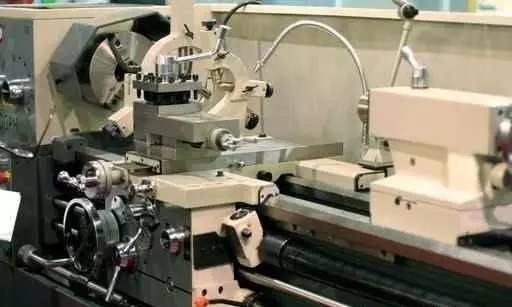
Example:
During the machining process of the CNC machine tool, there is a sudden shutdown. Open the CNC cabinet to check and find that the main circuit fuse of the Y-axis motor is burned out. After careful observation, check the components related to the Y-axis. Finally, it is found that the outer skin of the Y-axis motor power line is scratched by a hard object, and the damage touches the machine shell, causing Short-circuit blown fuse, after replacing the Y-axis motor power line, the fault is eliminated and the machine tool returns to normal.
Diagnose The Defect Through Director On the Machine
The self-diagnosis function of the numerical control system has become an important indicator to measure the performance characteristics of the numerical control system. The self-diagnosis function of the numerical control system monitors the working state of the numerical control system at any time. Once an abnormal situation occurs, immediately display the alarm information on the CRT or use the light-emitting diode to indicate the approximate cause of the failure, which is the most effective method in maintenance.
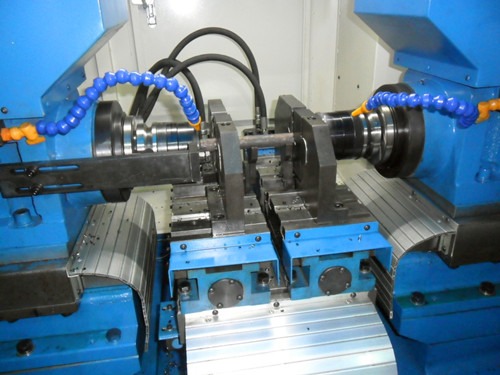
Example:
AX15Z CNC lathe, equipped with FANUC10TE-F system, fault display:
FS10TE1399B
ROMTEST: END
RAMTEST:
The display of the CRT indicated that the ROM test passed and the RAM test failed. The failure of the RAM test is not necessarily a RAM failure. It may be that the parameters in the RAM are lost or the parameters of the battery are in poor contact. After inspection, the reason for the failure is that the battery is in poor contact after replacing the battery, so the above failure phenomenon occurs when the machine is turned on.
Diagnose The Defect Through CAM
The function program test method is to compile the common functions and special functions of the CNC system into a function test program by manual programming or automatic programming, send it to the CNC system, and then let the CNC system run the test program to check that the machine tool performs these functions. accuracy and reliability, and then determine the possible cause of the failure.
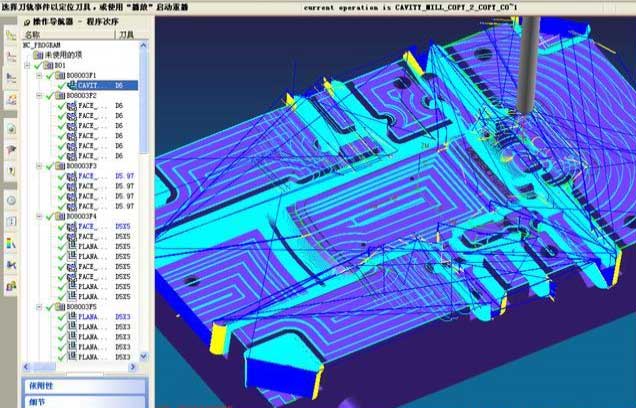
Example
A CNC milling machine using the FANUC6M system has a crawling phenomenon when the workpiece is processed in a curved line. Using the self-compiled function test program, the machine tool can run smoothly and complete various predetermined actions, indicating that the machine tool CNC system is working normally. The curve processing program used is checked, and it is found that the G61 command is used in programming, that is, the inspection is carried out once every time it is processed, so that the machine tool crawls, and the G61 command is replaced by the G64 (continuous cutting mode) command instead. After that, the crawling phenomenon is eliminated
Diagnose The Defect Through Backup-Knit
The so-called exchange method is to replace the suspicious parts with spare printed circuit boards, templates, integrated circuit chips or components after analyzing the general cause of the failure, thereby reducing the scope of the fault to the printed circuit board or chip level.
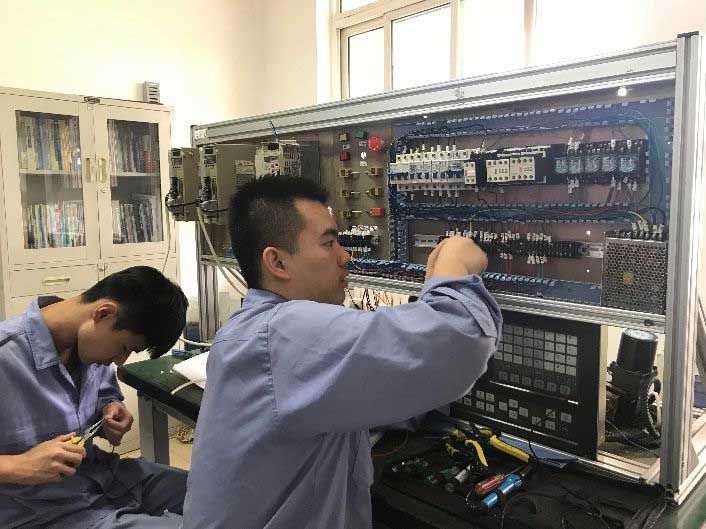
Example
The rotary table of the TH6350 machining center rotates continuously after being lifted, without deceleration, and without any alarm signal. This kind of failure, it may be caused by the failure of the simple position controller of the rotating workpiece table. In order to further confirm the fault location, it is considered that the simple position controller of the tool magazine of the machining center is basically the same as that of the turntable. Therefore, the exchange method is used for inspection. After the position controller of the tool magazine and the turntable is exchanged, the position controller of the tool magazine is reset according to the setting of the position controller of the turntable. After the exchange, the tool magazine rotates continuously, and The turntable operates normally, which confirms that the fault is indeed in the position controller of the turntable.
Diagnose the Defect Through Checking Parameters
When the CNC system finds a fault, it should check the system parameters in time. The change of the system parameters will directly affect the performance of the machine tool, and even make the machine tool not work normally. If a fault occurs, the parameters are usually stored in the magnetic bubble memory or CMOSRAM maintained by the battery. Interference or insufficient battery voltage will cause system parameters to be lost or changed, causing confusion. By checking and correcting parameters, faults can be eliminated.
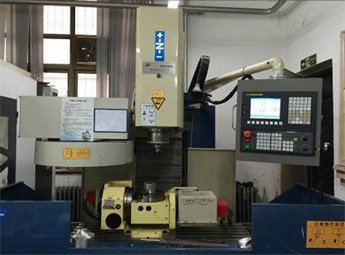
Example:
G18CP4 CNC grinding machine, the CNC system is FANUC11M system, the failure phenomenon makes the machine tool unable to work, and the CRT display does not have any alarm information.
Conclusion
Checking all parts of the machine tool, it is found that the CNC device and the connection units between the CNC and each interface are all good. Finally, the analysis is caused by the confusion of the stored data in the magnetic bubble memory caused by external interference. Therefore, the storage content of the magnetic bubble memory is completely after clearing and re-entering various parameters of the CNC system according to the manual, the CNC machine tool will return to normal. In addition to the several inspection methods described above, there are also measurement comparison method, percussion method, local heating method, voltage pulling method and open-loop detection method. Several methods are adopted and used flexibly to comprehensively analyze the fault and gradually narrow down the scope of the fault, so as to achieve the purpose of troubleshooting.


